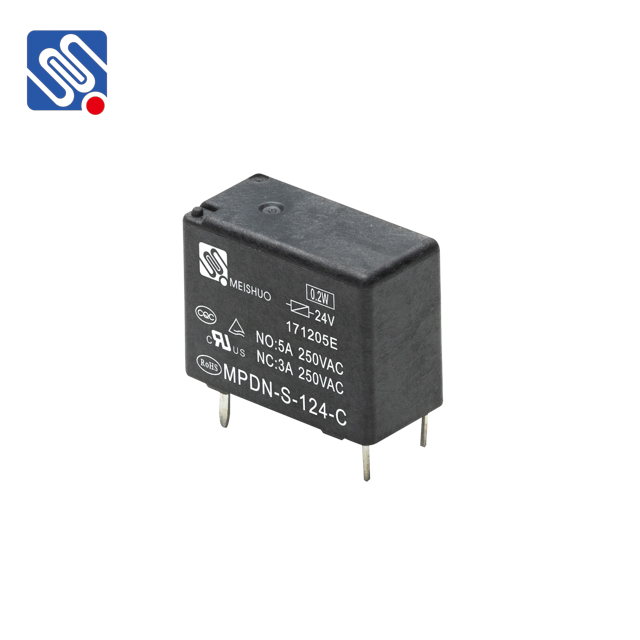Low-power relays are essential components in modern electronic systems that require efficient and reliable switching of electrical circuits without consuming much power. These relays are designed to operate effectively in low-voltage and low-current environments, making them particularly useful in applications where power efficiency is crucial. This article explores the working principle, applications, benefits, and key features of low-power relays, highlighting their importance in various industries.

What is a Low-Power Relay? A low-power relay is an electromagnetic switch used to control electrical circuits in devices with minimal power consumption. Unlike standard relays, which may require higher current to activate, low-power relays are designed to operate with much lower coil voltages and currents. This makes them ideal for applications where conserving energy is a priority. Relays, in general, function by using an electromagnetic coil to create a magnetic field that moves a mechanical arm or switch, opening or closing an electrical circuit. In low-power relays, the coil resistance and current are optimized to reduce the power required for activation while still providing reliable switching performance.